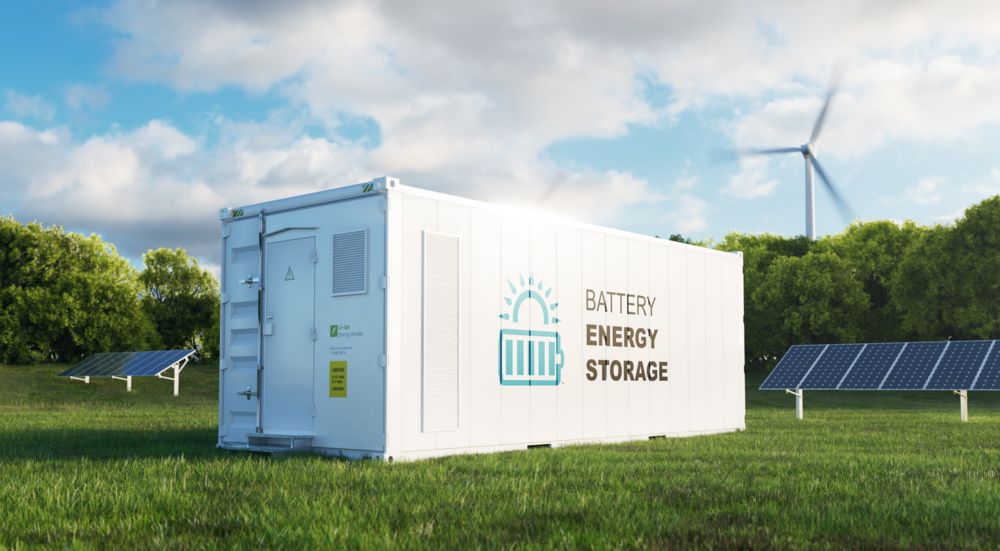Easy and flexible optimization of energy consumption
As energy prices rise, efficient management becomes vital. New software offers integrated data and adaptability to help companies optimize consumption.



As energy prices rise, efficient management becomes vital. New software offers integrated data and adaptability to help companies optimize consumption.

Heat pumps are vital for the energy transition and reducing carbon emissions. A well-designed installer interface between the pump and building services is crucial standardized connections reduce errors and boost system efficiency and reliability.
Continue readingDirect current is gaining importance in industrial and building applications due to its greater stability and efficiency compared to traditional AC grids. Battery energy storage systems (BESS) enhance these benefits in DC grids. Phoenix Contact (Blomberg) and Voltfang (Aachen) have successfully implemented such systems in practice.
Continue readingEndua has partnered with Phoenix Contact to enhance its modular hydrogen energy storage system. Using PLCnext Control with integrated safety, the Australian start-up boosts efficiency, cuts costs, and ensures a safe working environment.
Continue readingMeeting individual customer needs in batch size 1 poses major challenges for production and data processes. Phoenix Contact’s unique process architecture enables fast, requirement-driven delivery of tailored products even in the smallest quantities through configuration.
Continue readingThe Köterhof building in Oldenburg, Germany, operated by CapitalReal GmbH & Co. KG, demonstrates that even a five-year-old extension can be energy-optimized with building-specific expertise, inclusive collaboration, an innovative controller, and a clear visualization system.
Continue readingBoehringer Ingelheim, like many companies, aims for sustainable operations by reducing resource use. For instance, an energy requirements analysis based on automation technology from Phoenix Contact helps reduce the consumption of a test system for cartridges by 10%.

The electrification of road traffic is key to meeting climate goals, with innovative technologies efficiently transforming the utility vehicle sector economically.

Cybersecurity, regulatory requirements, future viability – sounds complicated? It doesn’t have to be.
At a time when e-mobility charging infrastructure must not only supply electricity, but also function safely, networked and in compliance with the law, solutions are needed that think ahead. The growing regulatory requirements are often underestimated – and this is precisely where Phoenix Contact comes in with its CHARX control modular AC charging controller.

Battery storage systems are key to the global energy transition and the All Electric Society. They support grid stability and enable renewable integration. Bidirectional power conversion ensures their efficient use across diverse applications.
